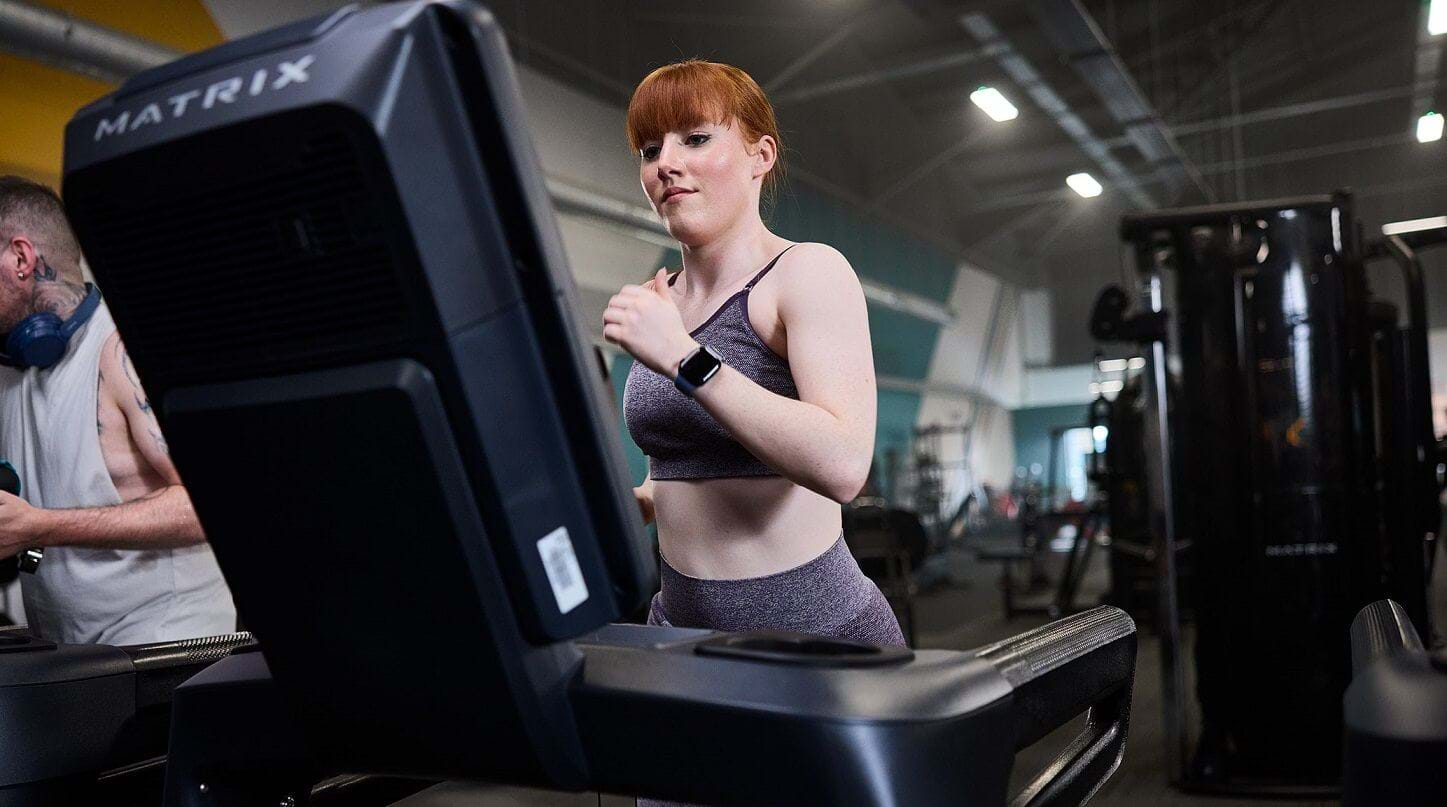Strength Training Exercises You Can Do At Home

Why Train At Home | Equipment | Exercises | Workout | Challenges | Progress
Looking for strength training workouts at home? Whether you're looking to supplement your gym workouts or for your main form of training, find the best exercises to build strength at home below.
Why Do Strength Training Workouts At Home?
Strength training at home is a great option for many reasons, including:
It's free. Home workouts can be done without spending any money, making it an affordable option for building strength.
Convenience. Strength training at home is a convenient way to workout. You can squeeze in your workout in whatever time you have available, in any clothes, without having to commute to and from a gym.
Privacy. Training at home is a great way to keep active if you struggle with gym anxiety. You can also get tips on dealing with gym nerves here.
Variety: There are plenty of ways to workout at home, from online coaching, fitness apps, YouTube workouts, and more.
All of the above can help with training consistency, which is key when it comes to building strength.
What Equipment Do You Need For A Home Strength Workout?
It's possible to strength train at home without equipment and get good results but investing in some kit can help to add variety to your workouts. As you get stronger, equipment can help to make your workouts more challenging so that you continue to progressively overload.
Some equipment to help with strength training at home includes:
Resistance bands. Resistance bands are a low-cost piece of kit that take up almost no space and can make exercises more challenging. They come in many 'levels', with plenty of sets offering a range of resistances you can work through.
Free weights. Investing in a few dumbbells or kettlebells is a great way to progress your home exercises. Choose a moderate weight that can be used in multiple exercises, or build up a few over time. Some places sell adjustable dumbbells which can be better value while taking up less space.
Pull up bar. Pull up bars are an excellent piece of at home equipment that allow you to build serious upper body strength.
Paralette bars. Paralettes can be used with various upper body exercises like dips, push ups, and L sits.
While the above can all be helpful for home workouts, you can also use objects around the house as equipment, including:
Chairs. These can be used for dips, step ups, push ups, and more.
Sturdy table. Great for inverted rows and seated pull ups.
Heavy objects. Can replace free weights. You can increase the weight by combining multiple objects in a bag.
Strength Training Exercises At Home
You can do many of the same free weight exercises you would do at the gym at home, but without the weights. However, many people find these too easy as bodyweight exercises to make strength gains.
Switching to unilateral variations or harder exercises or adding resistance bands and home weights can help with building strength at home, as can adding in pulses and isometric holds.
Single leg squat variations. Single leg squats, including Bulgarian split squats, split squats, and pistol squats, works the quads, glutes, hamstrings and calves, and are challenging even when performed without weights.
Single leg glute bridge. This exercise strengthens the glutes, quads, and hamstrings and builds lower body stability.
Prisoner squats. This bodyweight squat variation keeps the hands behind the head, making it more challenging for the core and lower body. Add pulses or pause at the bottom to make this exercise even more challenging.
Inverted rows. This back and bicep exercise can be done by holding on to the edge of a sturdy table.
Push ups. Push ups work the chest, shoulders, and triceps and can easily be made more or less challenging by trying different push up variations.
Pike push ups. This is a challenging bodyweight exercise that works the shoulders upper back, upper chest, and triceps.
Resistance band bicep curls. This bicep curl variation uses a long resistance band to challenge the biceps.
Resistance band shoulder press. This shoulder press exercise builds strength and stability in the shoulders, with a long resistance band providing tension to the muscles.
Resistance band rows. Targeting the mid back and biceps, this is a variation of the bent over row that uses a resistance band instead of free weights.
Dumbbell floor press. This chest press variation uses dumbbells to challenge the chest and triceps, without a bench.
Wall sits. Wall sits work the quads and glutes, building strength and endurance without any equipment.
Example Full Body Strength Training Home Workout
You can use the above exercises to create your own at home strength training workout by combining 4-6 exercises, performing either as a workout circuit or doing each exercise for 10-20 reps.
We've put together the following workout to help get started.
Warm Up
Do 60 seconds of each exercise, twice.
Jumping jacks
Squat jumps
Mountain climbers
Workout
Perform this workout as a circuit, doing each exercise for 40 seconds with 20 seconds rest. Repeat this circuit 4-5 times (24-30 minutes total).
Push ups
Resistance band rows
Resistance band shoulder press
Bulgarian split squats
Single leg glute bridge
Wall sit
Cool Down
Do each stretch for 20-30 seconds per side.
Standing quad stretch
Figure 4 stretch
Wall chest stretch
Common Challenges
One of the main challenges people face when strength training at home is choosing exercises which are not challenging enough to drive strength gains.
If you are easily able to do 20+ reps of an exercise, you’ll need to modify it to make it more challenging. This can include adding a pause at the hardest part, adding half pulses, swapping to a unilateral version, or adding resistance through resistance bands and dumbbells.
Another challenge people face when working out at home is distractions. Whether that’s the TV, family members, or random chores, there’s plenty that can distract you from your workout at home. Try to plan specific times for your workout so you can tie up any jobs beforehand, and workout in a room that has limited distractions with you.
Tracking Your Progress
It's important to gradually increase the difficulty of your workouts over time to ensure you continue to build strength. Tracking your workouts and progress can make this process easier as it allows you to identify when to increase the intensity.
An easy way to track your home strength workouts is by writing down the exercises or workouts and logging how many reps you did, as well as metrics such as resistance bands or weights used, total time under tension, and depth of exercise. This will allow you to see what you've done the previous week and make it more challenging.
Interested in more at home workouts? Check out our bodyweight and calisthenics guides here. If you're planning on pairing home workouts with the gym, you can find your nearest PureGym here.


